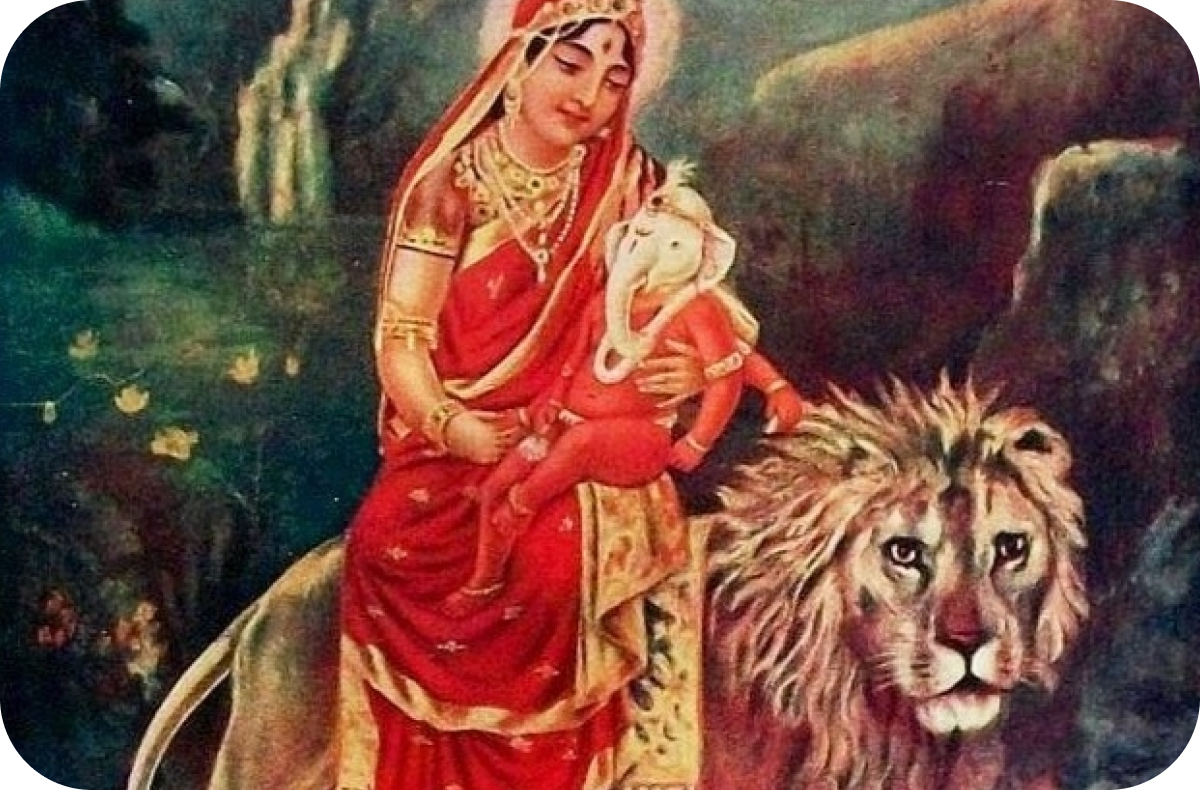Reymour Holly Mother (2021)
The concept of the Holy Mother exists in various cultures and religions. Generally, it refers to a figure symbolizing divine motherhood, nurturing and compassion.
In Christianity, the term “Holy Mother” most commonly refers to Mary, the mother of Jesus Christ. Mary holds a central place in both Catholicism and Eastern Orthodoxy. She is venerated for her role in the divine plan of salvation, her purity and her acceptance of God's will when she agreed to give birth to Jesus through the Holy Spirit.
Interestingly, Mary also plays a crucial role in the Quran. In fact, she is the only woman mentioned by name in the Islamic holy book, where she is called Maryam. An entire chapter, “Surah Maryam”, is named after her. Actually, she is mentioned more often in the Quran than in the New Testament, making her a highly revered figure in Islam as well.
In Greek mythology, Gaia is considered the primordial Earth goddess and can be viewed as a type of Holy Mother. In ancient Egyptian religion, Isis is the goddess of motherhood, magic and wisdom. Similarly, Parvati, a major Hindu goddess, embodies the ideal mother; she gave birth to many Hindu deities, including Ganesha among others.

The Holy Mother remains a prominent figure to turn to in times of trouble—even today. For example, Belgium-based Swiss musicians Lou Savary and Luc Bersier have composed a song titled “Holly Mother” [sic].
In the song, which draws equally from dub and wave music, Lou sings over a hazy, laid-back beat: “Holly mother crying to the hounds / I try to wait / Hallway profound.” But what does that mean? “The song speaks about trying again and again,” the real-life and musical partners explained in a recent interview. Well then, let’s keep trying.

Start the conversation
Become a paid member of The Rest to gain access to the comments section.